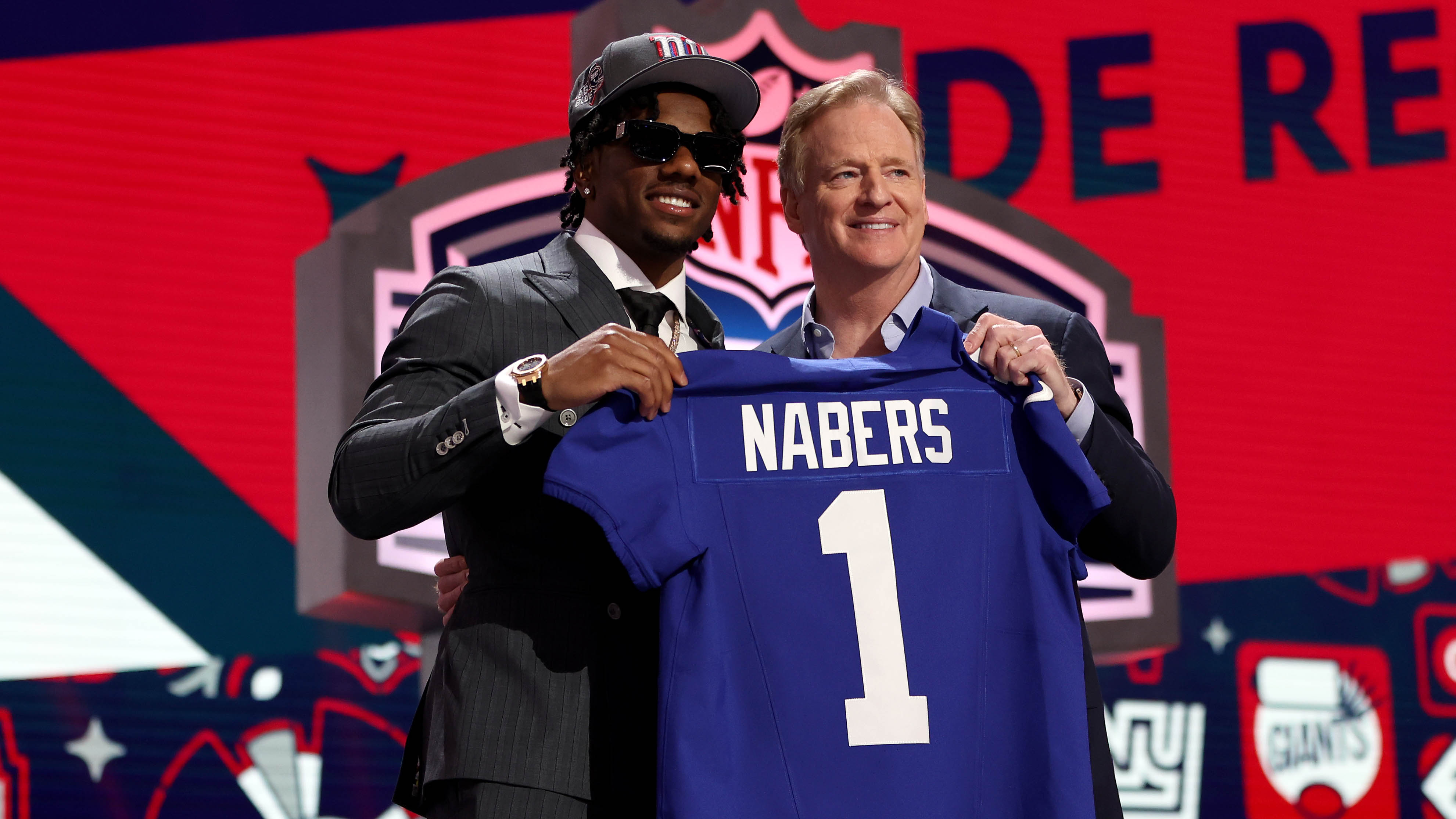What to Know
- Children ages 9 to 16 are most likely to experiment with the hazardous game, school officials say
- The "goal" is to deprive the brain of oxygen, spurring a sort of euphoric high
- Kids who do play may have physical symptoms included bloodshot eyes, broken blood vessels, mood swings and severe headaches
A New Jersey student died playing the "choking game," a phenomenon in which people strangle themselves or others in pursuit of a euphoric high from the lack of oxygen, a police source familiar with the situation tells NBC 4 New York.
Bernards Schools Superintendent Nick Markarian sent a letter to parents this week advising of the student's death and recommending they look for signs of the dangerous game being played in their own homes.
The letter doesn't identify the student, but the police source tells NBC 4 New York he was a boy, and he died about two months ago. Both police and the county prosecutor investigated his death. It's not clear why the superintendent sent the letter out this week, but he could have been waiting for the final results of the investigation.
The letter reassures parents the "choking game," also known as "the fainting game" or "space monkey," is not a widespread problem, but is something they should be aware of. Markarian writes children between the ages of 9 and 16 are most likely to experiment with the game, details of which are readily available online. Videos of children playing the game are also abundant online.
"The early-adolescent brain does not process information in the same manner as an adult brain, and so children in this age group are not able to fully understand the serious consequences that might result," Markarian wrote. "It is important to emphasize that research shows children who experiment with the 'choking game' alone often tragically die after the first or second time. Many of our children have easy access to videos via YouTube depicting others participating in this activity."
Markarian suggested parents talk with their children about such dangerous games and check the search histories of their devices to ensure they aren't participating. He also said signs a child could be playing the game include knotted belts, ropes, plastic bags left in bedrooms "or other private locations."
Children who do play may have physical symptoms included bloodshot eyes, broken blood vessels, mood swings and severe headaches or bruises around their neck, Markarian wrote.
Local
According to NJ.com, Centers for Disease Control data on deaths from "the choking game" doesn't exist after 2008. Between 1995 and 2007, the CDC reported 82 deaths from the game, NJ.com reported.



